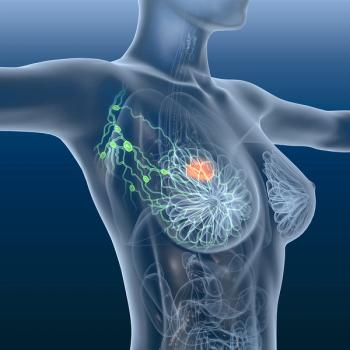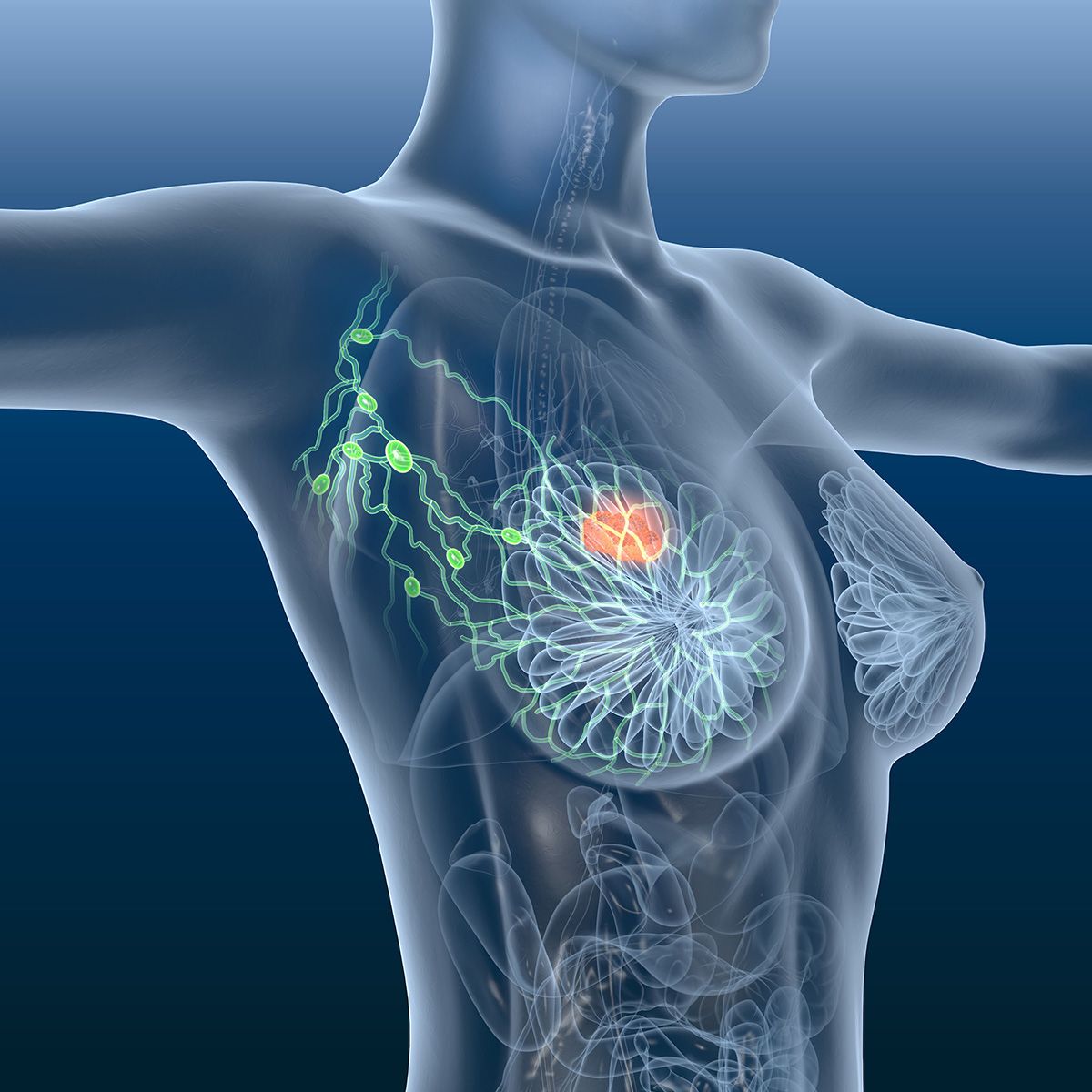
Breast Cancer
Latest News
Latest Videos

More News

Pooled data from early-phase trials suggest JSKN003 is tolerable and active in patients with heavily pretreated HER2-positive disease.

Understanding actionable mutations and educating patients on the safety profiles of targeted therapies are essential for the care of HR+, HER2- mBC.

Data from a research database link ctDNA positivity in early breast cancer with poorer survival and higher recurrence risk.

Getting to the root of patients’ issues can provide support for their cancer journey through accessible means, says Heather Jackson, PhD, APRN, FNP-BC, NEA-BC, FAA-NP.

Those who took olanzapine reported higher levels of satisfaction than patients on placebo.

For patients who have progressed on endocrine therapy, consistent monitoring of blood counts and biomarker testing informs treatment sequencing.

KN026 plus KN046 produced sustained responses and showed a manageable safety profile in pretreated patients with HER2-positive advanced breast cancer.

Gedatolisib-based combinations yielded encouraging responses in patients with mCRPC and HER2-positive metastatic breast cancer, early trial data show.

Planning for adverse effects early on helps patients prepare for what lies ahead, says Michelle Kirschner, MSN, RN, ACNP, APRN-BC.

The BCI and patient goals help oncology nurses counsel patients on endocrine therapy use after 5 years, per Michelle Kirschner, MSN, RN, ACNP, APRN-BC.

Because oncology nurses are at the forefront of patient care, they are uniquely positioned to facilitate cancer survivorship and lymphedema prevention.

T-DXd led to an ORR of 59.4% vs 33.9% with chemo, regardless of biomarker status, in HR+, HER2-low metastatic breast cancer, per DESTINY-Breast06.

Panelists discuss strategies for medication adherence and patient education, emphasizing the importance of proactive communication and support from the entire health care team.

Panelists discuss how real-world data from the San Antonio Breast Cancer Symposium demonstrated that elacestrant's performance in actual clinical practice even exceeded the promising results from the clinical trial.

Treatment with imlunestrant was especially impactful to quality of life and global health status for patients with ESR1 mutations.

Seventy-three percent of patients with breast and other solid tumors did not experience ILD recurrence when rechallenged with trastuzumab.

Camizestrant plus CDK4/6 inhibition improved PFS vs standard care in patients with ER+/HER2– advanced breast cancer and emergent ESR1 mutations.

Sacituzumab govitecan/pembrolizumab in the first line lengthened PFS vs chemotherapy/pembrolizumab in PD-L1+ metastatic triple-negative breast cancer.

Patients with ESR1-mutated, ER-positive, HER2-negative, advanced breast cancer experienced an increase in PFS with vepdegestrant compared with fulvestrant.

Panelists discuss the safety profile and adverse effects of elacestrant, highlighting its relatively mild nausea and ease of administration compared with other endocrine therapies.

Panelists discuss the EMERALD trial data, which shows the effectiveness of elacestrant in patients with estrogen receptor 1 (ESR1) mutations, particularly those who were on first-line CDK 4/6 inhibitors for longer than a year.

The phase 3 INAVO120 trial showed that overall survival significantly improved with the addition of inavolisib to palbociclib and fulvestrant in PIK3CA-mutant, hormone receptor–positive, HER2-negative, endocrine-resistant advanced breast cancer.

Panelists discuss the importance of using liquid biopsy for detecting estrogen receptor 1 (ESR1) mutations rather than relying on archival tissue testing.

Panelists discuss how molecular testing and liquid biopsies are crucial for tracking estrogen receptor 1 (ESR1) mutations in patients with metastatic breast cancer, particularly as a mechanism of resistance to aromatase inhibitor treatment.

Oncology nurses can help advocate for AI-assisted diagnostic improvements.























































































